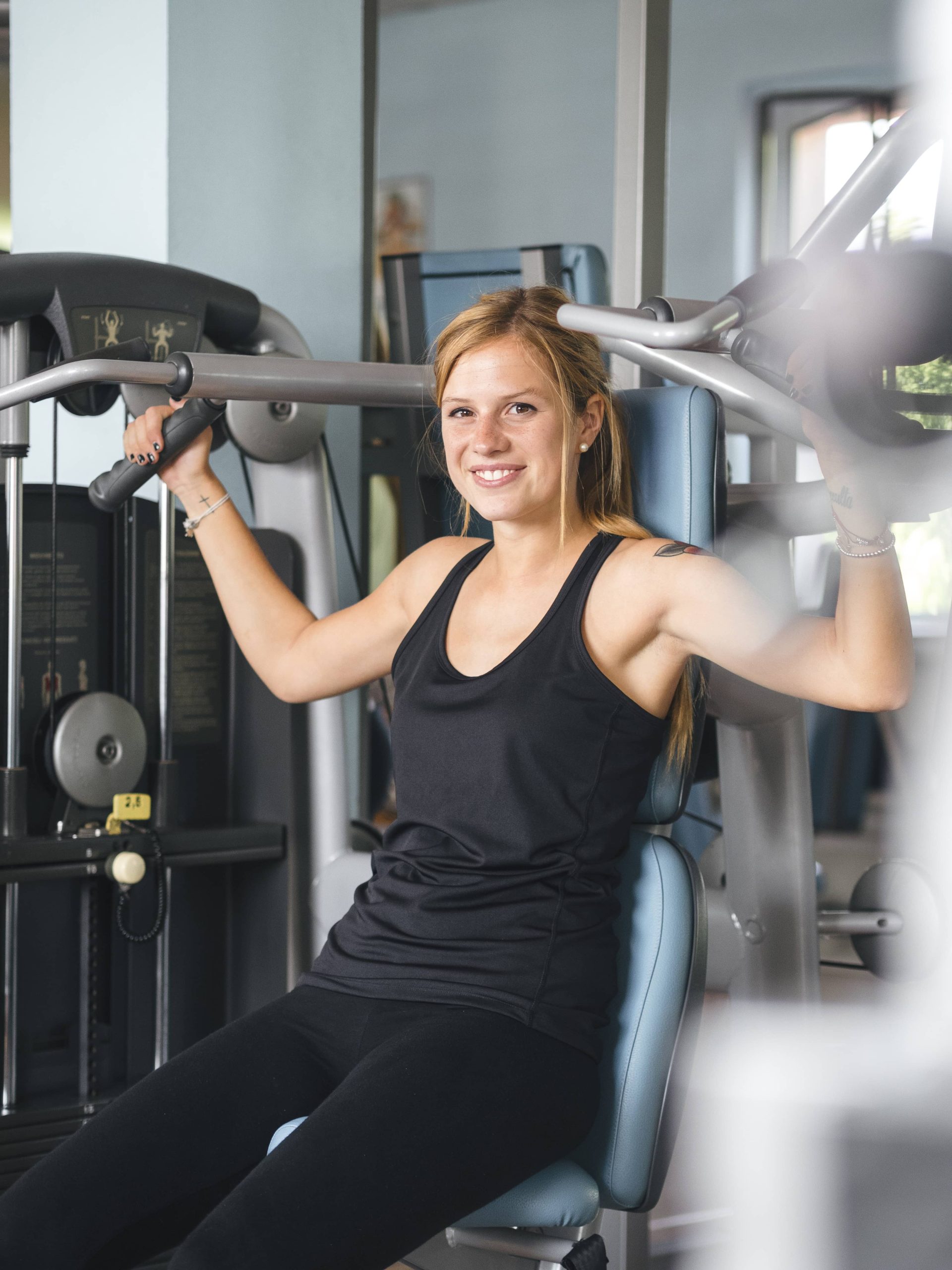
In the quest for better health and fitness, many of us focus on the main components of our workout routines—cardio, strength training, and flexibility exercises. However, two critical elements often overlooked are the warm-up and cool-down phases. These components are not just add-ons; they are essential to maximizing the benefits of your workout and minimizing the risk of injury. In this blog post, we will explore why warm-ups and cool-downs are vital, how they enhance your fitness routine, and provide practical tips to incorporate them effectively.
The Importance of Warm-Ups
Preparing Your Body
A warm-up is a crucial part of any workout routine. It prepares your body for the physical exertion to come by gradually increasing your heart rate and blood flow to your muscles. This process helps to loosen your joints and increase the elasticity of your muscles, reducing the risk of strains and sprains.
Enhancing Performance
Warming up can significantly enhance your performance. By increasing your body temperature, you improve muscle efficiency and power output. This means you can perform exercises with better form and intensity, leading to more effective workouts and better results over time.
Mental Preparation
Beyond the physical benefits, warm-ups also prepare you mentally. They provide a transition period from rest to activity, allowing you to focus on your workout goals and set a positive mindset. This mental readiness can improve concentration and motivation, leading to a more productive session.
Effective Warm-Up Techniques
Dynamic Stretching
Dynamic stretching involves moving parts of your body through a full range of motion. This type of stretching is ideal for warm-ups as it mimics the movements you will perform during your workout. Examples include leg swings, arm circles, and torso twists.
Light Cardiovascular Activity
Engaging in light cardiovascular activity, such as brisk walking, jogging, or cycling, can effectively raise your heart rate and increase blood flow. Aim for 5-10 minutes of light cardio to get your body ready for more intense exercise.
Sport-Specific Drills
If you are preparing for a specific sport or activity, incorporate drills that mimic the movements you will perform. For example, if you are about to play basketball, practice dribbling and shooting to warm up the muscles you will use during the game.
The Importance of Cool-Downs
Gradual Recovery
A cool-down is just as important as a warm-up. It helps your body transition from a state of exertion back to rest. By gradually decreasing your heart rate and blood pressure, you prevent dizziness and fainting, which can occur if you stop exercising abruptly.
Reducing Muscle Soreness
Cool-downs can help reduce muscle soreness and stiffness. By continuing to move at a lower intensity, you promote the removal of lactic acid and other metabolic waste products from your muscles, which can alleviate post-exercise discomfort.
Flexibility and Relaxation
Incorporating static stretching into your cool-down routine can improve flexibility and promote relaxation. Stretching while your muscles are still warm can enhance your range of motion and prevent injuries. It also provides a moment of calm and reflection after a vigorous workout.
Effective Cool-Down Techniques
Light Activity
Similar to a warm-up, a cool-down should include light activity. Walking or gentle cycling for 5-10 minutes can help your body gradually return to its resting state.
Static Stretching
Focus on static stretching exercises that target the major muscle groups you used during your workout. Hold each stretch for 15-30 seconds, breathing deeply to enhance relaxation and flexibility.
Deep Breathing
Incorporate deep breathing exercises to help lower your heart rate and promote relaxation. Deep breathing can also reduce stress and improve your overall sense of well-being.
Incorporating Warm-Ups and Cool-Downs into Your Routine
Consistency is Key
To reap the full benefits of warm-ups and cool-downs, consistency is essential. Make them a non-negotiable part of your fitness routine, just like your main workout components.
Personalize Your Approach
Tailor your warm-up and cool-down routines to suit your individual needs and the specific demands of your workout. Consider factors such as your fitness level, the type of exercise you are doing, and any personal preferences or limitations.
Listen to Your Body
Pay attention to how your body responds to different warm-up and cool-down techniques. If something doesn’t feel right, adjust your approach. Your body is your best guide, and it will tell you what it needs to perform at its best.
Conclusion
Incorporating effective warm-ups and cool-downs into your fitness routine is not just about preventing injuries; it’s about enhancing your overall performance and well-being. By taking the time to prepare your body and mind before exercise and allowing for proper recovery afterward, you can elevate your workout experience and achieve your fitness goals more efficiently. Remember, the journey to better health and fitness is not just about the destination; it’s about enjoying and optimizing every step along the way. So, next time you hit the gym or the track, don’t skip the warm-up and cool-down—they are your keys to a successful and sustainable fitness journey.
